60-day returns • free shipping on USA orders $129+
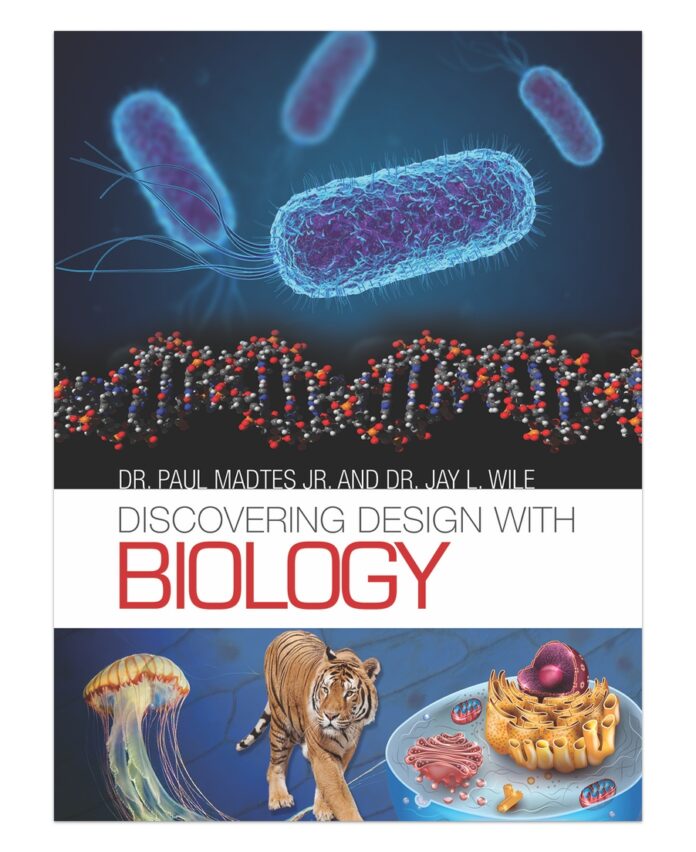

Discovering Design with Biology
$79.00
Our recommended science course for students in Grade 9. This conversational Biology textbook is approachable but also thorough and appropriately challenging for a high school level.
This bundle includes the Discovering Design with Biology student book and the Answer Key & Tests book. Also included: A detailed schedule for using this course with the Charlotte Mason Method. See full description
Product Description
Discovering Design with Biology is our recommended science course for students in Grade 9. This conversational Biology textbook is written from a Biblical worldview. It’s interesting and approachable, but also thorough and appropriately challenging for a high school level.
Your purchase includes a detailed school year schedule for using this course with the Charlotte Mason Method.
From the publisher
This laboratory-based high school biology course is the first biology course a college-bound student should take. It gives the student an introduction to how living organisms are designed, how they interact with one another, and how they interact with their physical environment. Students are taught how biologists classify life, the chemical processes that make life possible, the structures of RNA and DNA, and the designs of the different cells found in living organisms. Students also learn the means by which photosynthesis, cellular respiration, and cellular reproduction occur. They then learn the current state of biotechnology. With the molecular and cellular basis of life covered, the students are then given a survey of the different kinds of organisms found in nature: archaea, bacteria, protists, fungi, invertebrates, vertebrates, and plants. The students then learn the biogeochemical cycles that keep environments hospitable to life, which leads to a discussion of ecosystems. Throughout the course, students see that life is the result of design and that organisms have been given the ability to adapt to their surroundings. In addition, they learn various problems associated with the modern evolutionary synthesis.
The course consists of 180 hours of instruction, 40 of which involve hands-on experiments. The experiments include extracting DNA from fruit, examining the effects of temperature and pH on enzymes, exploring osmosis and diffusion, building a pedigree, culturing bacteria, growing and examining fungi, and analyzing the structure of a feather. In addition, there are several experiments that explore the microscopic world, including identifying the stages of mitosis, studying live bacteria that were cultured by the student, identifying budding in yeast, and analyzing the microscopic structure of plants and animals. There are also four dissection experiments: the earthworm, crayfish, fish, and frog.
Additional Information
| ||||||||
| Dimensions | ||||||||
|---|---|---|---|---|---|---|---|---|
| ||||||||
If you have a question, contact us and we will be happy to help.
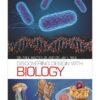

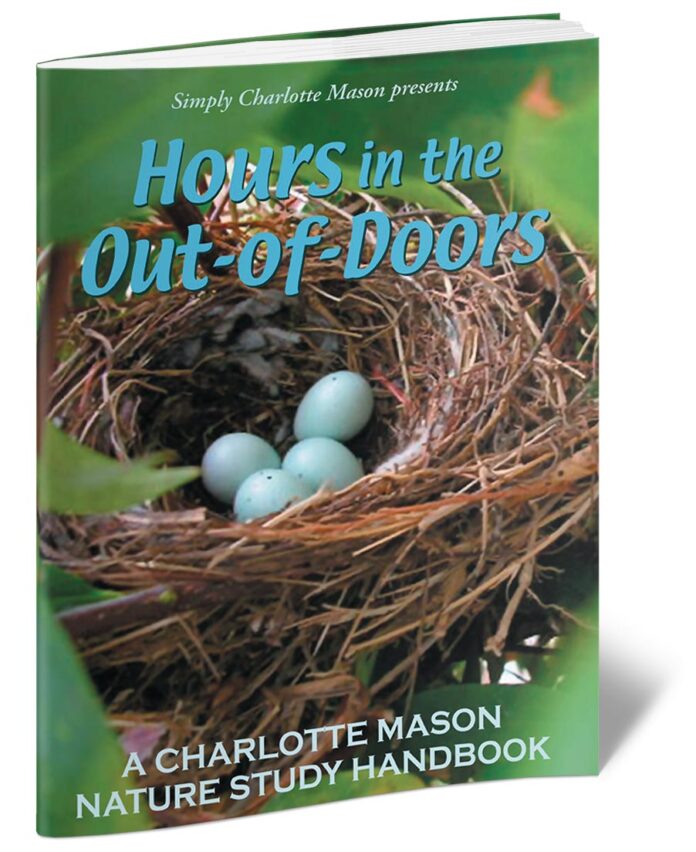
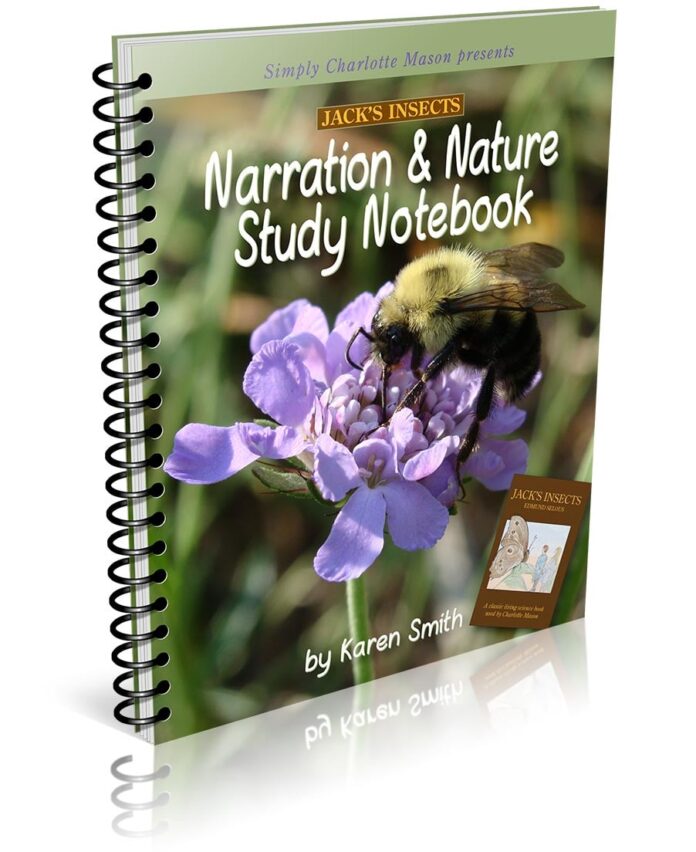
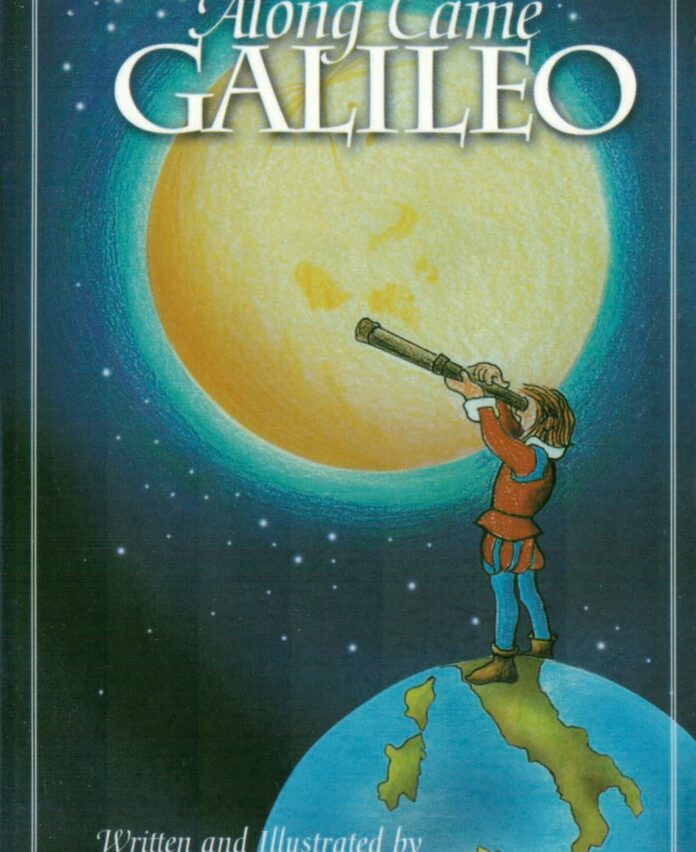
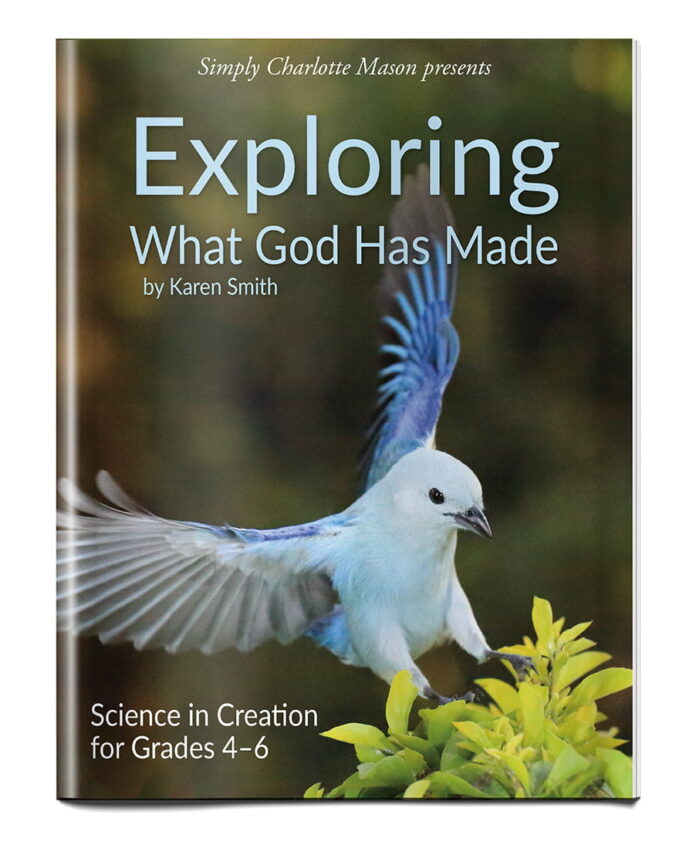
Reviews
There are no reviews yet.